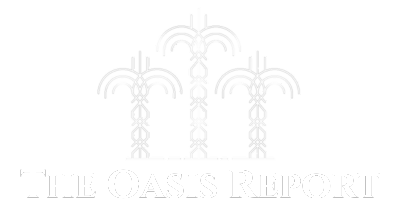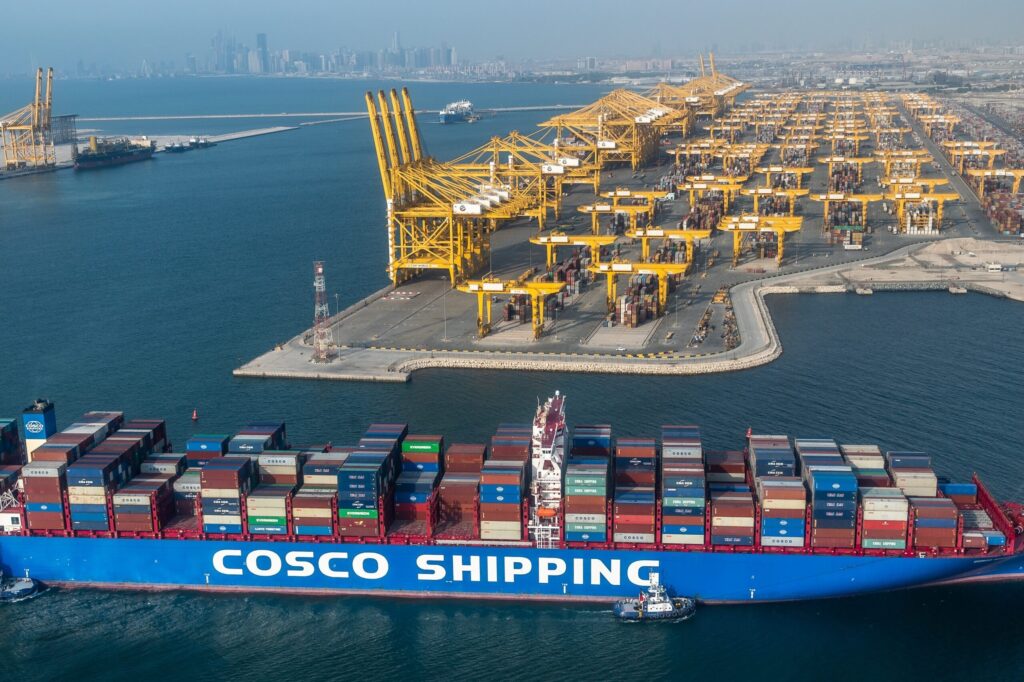GCC can still be trade ‘nerve centre’
Free-trade zones could appeal to China
The growing trade war between the US and China, the world’s two largest economies, presents the Gulf Arab states with a complex puzzle.
International commerce may shift towards new consumer and trans-shipment markets, while a recession-driven collapse in oil prices and higher-for-longer inflation because of tariffs are further risks to the region.
Sectors of the region’s economy that could suffer as a result include logistics, construction and banking, expert observers say.
“The GCC has actively positioned itself as a strategic middle ground between East and West, making its economic ecosystem particularly sensitive to US-China trade dynamics,” says Nicolas Michelon, managing partner at Alagan Partners, a Dubai-based geopolitics and market access adviser.
“It has been the GCC’s strength in times of benign US-China trade relations, but could just as easily turn into a factor of fragility in this context of heightened tensions.”
As of Thursday, new US tariffs on China combined into a whopping 145 percent levy, with China reciprocating by imposing a 125 percent impost on imports from the US.
Markets fell again as they contemplated bilateral exchanges between the two, worth more than $582 billion last year, grinding down.
Local logistics and transhipment centres such as the ports of Jebel Ali in Dubai and Khalifa in Abu Dhabi handle substantial cargo moving from Asian to Western markets. Regional retailers and wholesalers import and re-export products to and from the US and China.
Regional banks that finance trade between the two economic powers, and supply chains in industries such as electronics, automotive parts and consumer goods that require inputs from both of them, could also be hit, the observers say.
“A dynamic to watch particularly closely is how this US-China trade war will translate into renewed tensions on the tech front,” Michelon says. “Gulf tech firms and investors could see their ability to integrate solutions from both sides of the geopolitical divide hampered.”
Construction, a vital sector across the six-member Gulf Cooperation Council and a pillar of Saudi Arabia’s Vision 2030 economic and social development strategy, would also not be immune to the double whammy of crumbling oil prices and procurement bottlenecks.
Oil prices, on which Gulf Arab governments depend for more than half their revenue, are at a four-year low. West Texas Intermediate benchmark futures are down 16 percent at just over $60 per barrel since President Donald Trump announced tariff rises on April 2 last week.
Junaid Ansari, director of investment strategy and research at Kamco Invest in Kuwait, says: “The fall in oil prices would result in a relook at the spending plans in the GCC projects. There could also be cost escalations in the projects market, as both US and Chinese companies operate in the region.”
The UAE construction consultancy Stonehaven says that earlier expected cost rises this year, of around 2.7 to 5 percent in the UAE and 3.4 to 7 percent in Saudi Arabia, are likely to be even higher in the new tariff environment.
“Developers need to act fast to lock in construction costs that align with their feasibility studies, or they risk serious impacts to their bottom line,” Stonehaven’s managing director, Gordon Rodger, said in a statement.
Still, it may not all be doom and gloom.
The GCC, the grouping of Saudi Arabia, the UAE, Kuwait, Qatar, Oman and Bahrain, may have an opportunity to balance out risks by strengthening its role as an international trade “nerve centre” as new trade routes develop, and focus even more on serving emerging markets, according to Michelon.
“The fact that GCC economies keep entering into new free-trade agreements is an indication that they still believe that resilience and strategic autonomy are best built through diversification of trade partners,” he says.
The UAE, for instance, has 26 wide ranging free-trade deals, called Comprehensive Economic Partnership Agreements, or Cepas that cover much more than just trade in goods.
So called free-trade zones in the UAE, which allow for 100 percent foreign ownership, may become more appealing for Chinese manufacturers looking to offshore some operations, says M.R. Raghu, CEO at Marmore Mena Intelligence, a subsidiary of the Kuwait-based investment bank Markaz.
Chinese goods could also become cheaper as manufacturers there scramble to find alternatives to the US market.
“On the positive side, with trade tariffs restricting Chinese exports to the US, Chinese manufacturers that relied heavily on US demand are likely to seek alternative markets to sustain operations and maintain production levels,” Raghu tells AGBI.
“This shift is likely to lead to Chinese manufacturers lowering their prices to remain competitive.”
Register now: It’s easy and free
This content is available for registered members only. Register for your free account today for exclusive emails, special reports and event invitations.
Why sign up
Exclusive weekly email from our editor-in-chief
Personalised weekly emails for your preferred industry sectors
Read and download our insight packed white papers
Access to our mobile app
Prioritised access to live events
Already registered? Sign in



